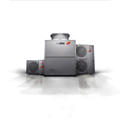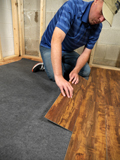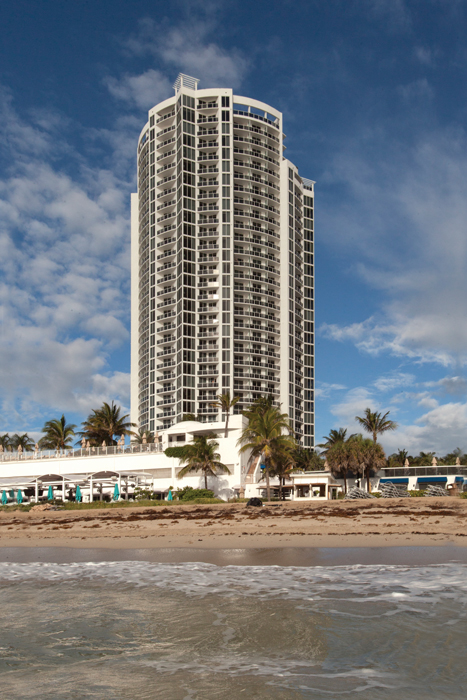Disruptive—and Green
Often, the embodied energy and carbon footprint of the building materials takes a backseat to the energy profile during the operations phase. “Architects are improving the energy-efficient performance of our buildings across the spectrum,” says Gita Nandan, R.A., an architect and founder of the firm thread collective, New York City. “The DOE has concluded that nonresidential buildings in the United States account for almost three-quarters of domestic electricity use and more than a third of natural gas demand, totaling about 9 percent of greenhouse gas production globally.”
With that in mind, says Nandan, many architects are using certification to PHIUS 2015: Passive Building Standard – North America, supported through a DOE grant and overseen by the Passive House Institute US (PHIUS), which focuses on achieving low-energy-use buildings. This new focus means that materials like polyiso CI insulation and non-metallic window frames are in greater demand. Passive House requires thermal-bridge-free designs and highly insulated enclosures, says Nandan. In addition, many Passive House designs utilize VRF air-conditioning systems, thanks to their high efficiencies and the ability to provide local or personal comfort control. (See ViewHaus case study, below.)
In a typical VRF system, conditioned refrigerant is supplied from an outdoor unit to indoor units, sometimes called air-handling units or AHUs. The space-conditioning requirements dictate how much refrigerant the outdoor unit delivers to the indoor units—explaining the name, variable refrigerant flow—varying the compressor speed to match the cooling or heating requirements. That means comfort controlled locally within the zone, which contributes to the high efficiency levels of ductless and VRF systems. “Using a two-pipe simultaneous cooling and heating system provides an enhanced personalized comfort experience for occupants,” adds Mitsubishi Electric’s Miskewicz. “This also delivers an energy-efficient operating experience to the building owner.”
Recent advances in the technology have made VRF even more adaptable and efficient, adds Miskewicz. VRF systems can be applied to mixed-use, multifamily and office buildings, for example, including ducted and ductless indoor units which can be mounted on the wall, floor, or ceiling. They can integrate heat-pump and heat-recovery systems with air and water sources, too. The ACHR News hailed these large systems as user-friendly and compact, opening up options for space-restricted locations and “giving the ductless a crossover application in the commercial world as well.”
Miskewicz considers this a game-changer because, he says, architects “can design around their vision rather than the constraints of traditional or conventional HVAC systems.” Architects like JZA D’s Zinder agree, saying, “We now use split systems in lots of buildings, where the VRF technology gave those projects added flexibility—increasing usable space in walls and ceilings, for example—and the benefit of controlling HVAC levels in certain spaces of the buildings that were not in use.” The architect adds that these benefits are valuable for Passive House certifications, which are increasingly a goal for his firm and many others.
In fact, as emerging trends addressed by these innovations influence construction-market dynamics, architects see more use of these products to build green. To demonstrate that the approaches work, many are using performance verification techniques to provide transparency on environmental impact. Project case studies also help underscore the benefits of innovations in wood, vinyl, polyiso, and more.
Notice

MitsubishiPro.com/Ready

www.quietwalk.com

www.polyiso.org

www.rethinkwood.com

www.simonton.com










